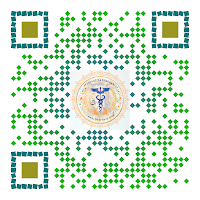Thoracolumbar Spine Fracture
The
most common mechanisms for thoracolumbar traumatic injuries include motor
vehicle accidents, falls from height, recreational injuries, and work-related
injuries. Most of them are high-velocity and high-energy injuries, which
usually involve additional injuries.
The
T10-L2 thoracolumbar region is the most common area of injury to the spine from
trauma due to the specific biomechanics of this segment of the spine. Injury to
this area can result in a permanent neurological deficit from compression or
direct injury to the nerve roots of the cauda equina or the conus medullaris
and warrants immediate attention and assessment.
American
Spinal Injury Association (ASIA) impairment scale:
A
- Complete: No motor or sensory function is preserved below the neurological
level
B
- Incomplete: Sensory function preserved but no motor function is preserved
below the neurological level including the S4–S5 segments
C
- Incomplete: Motor function is preserved at the most caudal sacral segments
for voluntary anal contraction. The motor function below the neurological level
is preserved with less than half of key muscles that have a muscle grade ≥ 3
D
- Incomplete: Motor function is preserved below the neurological level with at
least half of key muscles that have a muscle grade ≥ 3
E
- Normal: Motor and sensory function are normal
Compression
fracture. While the front (anterior) of the vertebra breaks and loses height,
the back (posterior) part of it does not. This type of fracture is usually
stable (the bones have not moved out of place) and is rarely associated with
neurologic problems. Compression fractures commonly occur in patients with
osteoporosis.
Axial
burst fracture. In this type of
fracture, the vertebra loses height on both the front and back sides. It is
often caused by landing on the feet after falling from a significant height. An
axial burst fracture can sometimes result in nerve compression. Some fractures
are stable, while others are significantly unstable (the bones have moved out
of place).








.png)








